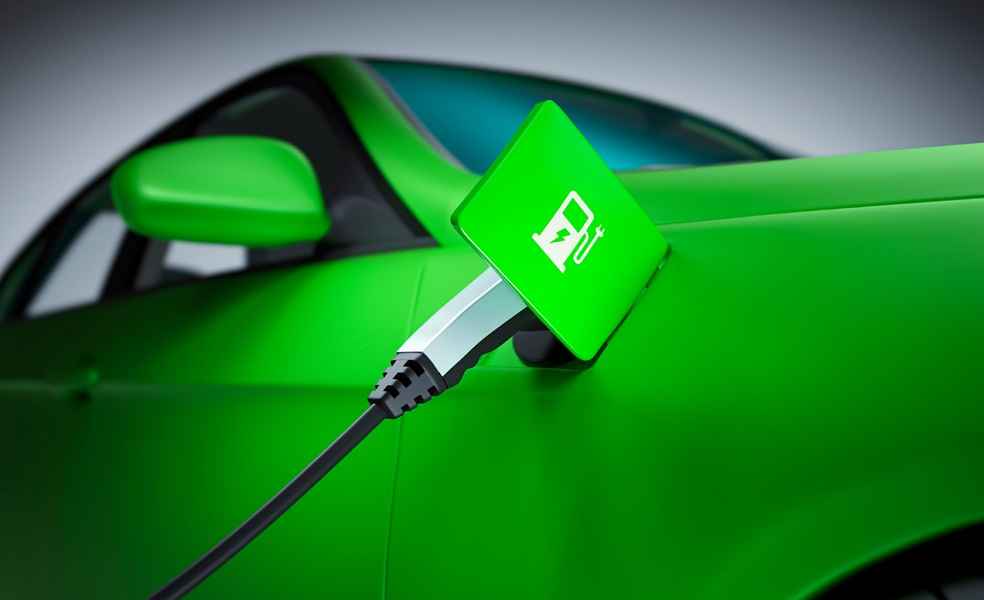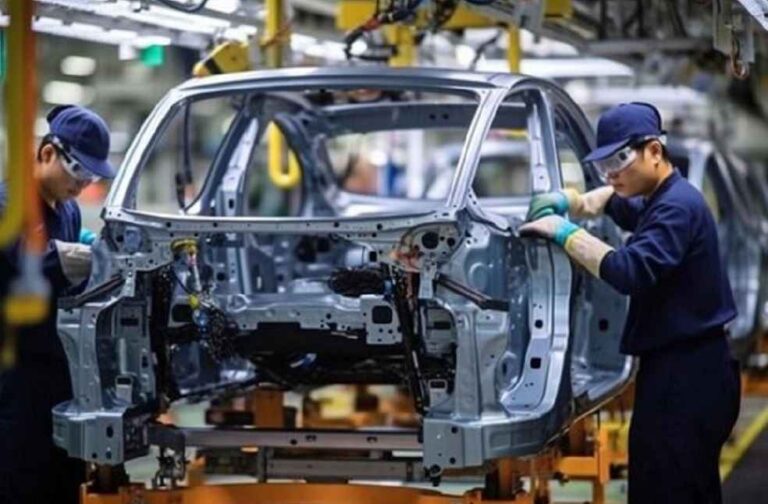China’s (EV) and power battery sectors have emerged as pivotal forces driving global sustainability and climate change initiatives. As the 2024 World Power Battery Conference kicked off this past Sunday, industry leaders and officials underscored the nation’s transformative influence on the electrification of transportation.
Wan Gang, president of the China Association for Science and Technology, reported an impressive 9.495 million new energy vehicles (NEVs) sold last year, marking a significant milestone for the global automotive landscape. This substantial figure signals China’s leadership in the ongoing shift towards electric mobility, injecting vitality into international automotive advancements.
During his address, Wan claimed, “As a key driver of the electrification transformation, China’s power battery industry has been leading the world for seven consecutive years in terms of market scale,” He emphasized that six out of the world’s top ten power battery enterprises, measured by installed capacity, call China home. Yet, challenges persist concerning technological innovation and market applications, prompting calls for collaboration among experts, policymakers, and entrepreneurs to navigate these obstacles and explore cutting-edge solutions.

Miao Wei, a key figure in the Chinese People’s Political Consultative Conference, spoke on the shared responsibility of all nations to confront climate change. He reiterated the necessity of embracing electrification, highlighting China’s role in extending electric vehicle range and reducing costs, which has catalyzed remarkable growth within the NEV sector.
Recent statistics from the China Association of Automobile Manufacturers illuminate the trajectory of NEV production, which soared to 5.914 million units during the first seven months of the year—an impressive 28.8% increase year-on-year. Sales figures also reflected a robust 31.1% rise, reaching 5.934 million units. These developments set the stage for continued growth, with Miao anticipating a compound annual growth rate of 15 to 20 percent in the years ahead.
Anticipation also surrounds the booming demand for power batteries fueled by the electrification of diverse sectors, including robotics and drones. Hussain bin Ibrahim Al Hammadi, the UAE’s ambassador to China, underscored the critical nature of advanced battery manufacturing technology for sustainable energy solutions. He conveyed the UAE’s commitment to forging strong partnerships with China during this vital energy transition.

Close to 400 delegates descended on the conference, where the UAE held the distinguished role of guest of honor, focusing on international collaboration within the power battery sphere. Robin Zeng Yuqun, founder and chairman of CATL, a leading Chinese battery manufacturer, articulated the industry’s evolution, emphasizing the necessity for elevated safety standards and reliability to ensure long-term sustainability.
Zeng envisaged a future where the power battery industry generates multifaceted economic and social benefits. Innovations such as vehicle-to-grid technology could allow batteries to return energy to the grid during periods of peak demand.
As the conference concluded, an impressive 137 NEV and power battery projects valued at 95.25 billion yuan ($13.4 billion) were officially signed. These initiatives hold the potential to deliver an output value of 100 billion yuan while creating approximately 20,000 jobs once fully operational.
AUTO TECH | New Automotive Technologies Advance Safety and Connectivity





